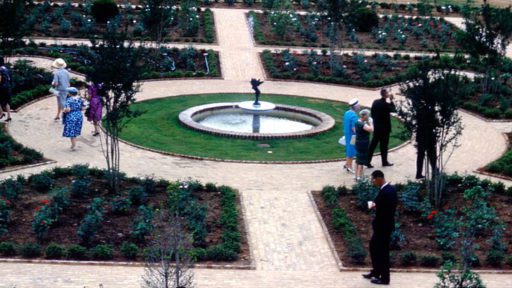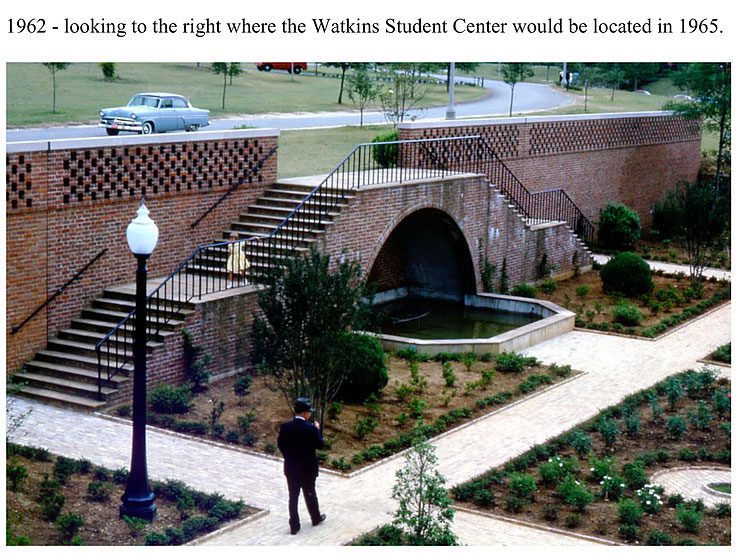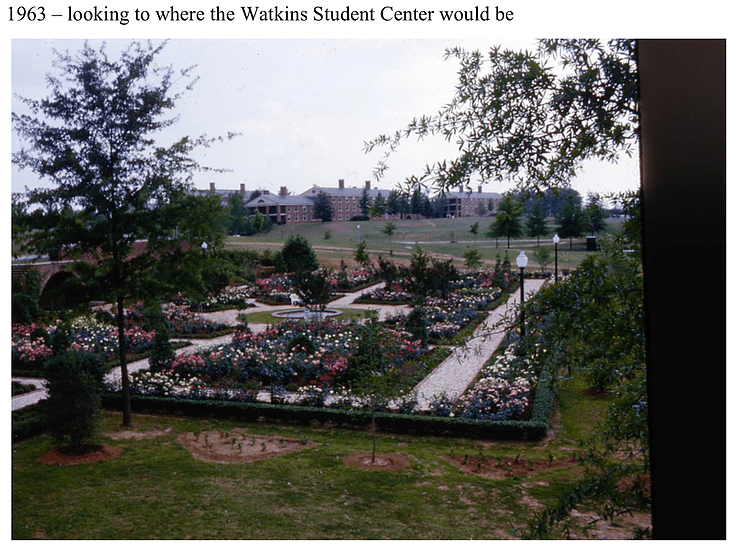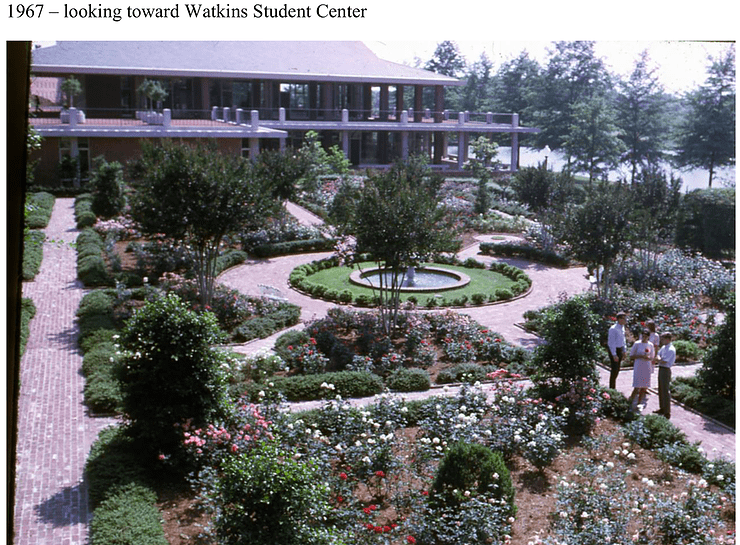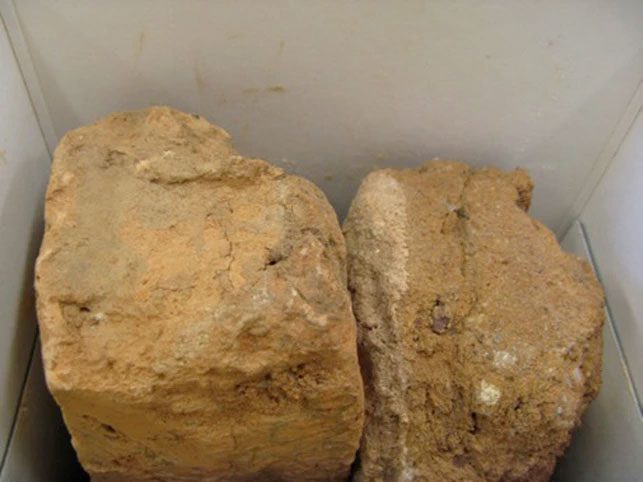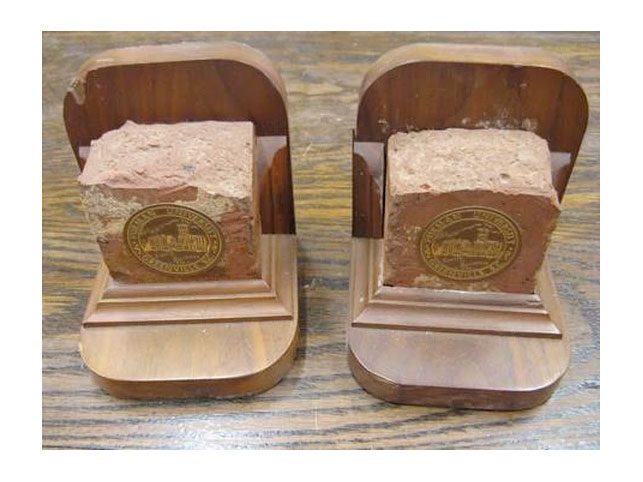This article was written by Brandon Inabinet and originally published on May 9, 2018. This information and images were provided by Julia Cowart in Furman’s Special Collections and Archives.
The Old College from the Furman campus, the Shack from the Greenville Women’s College.
These are the two obvious structures from Furman’s historical campuses. But, deconstructed, the walls of these places are all around us. Bricks in the circle in front of Judson Hall are from Ramsey Art Building of the Greenville Women’s College. Bricks in the circle between the Bell Tower and the Old College are historic bricks from the old campus, like from the old Bell Tower itself. The bricks in the Rose Garden are perhaps the most well-documented.
Mrs. Plyler planned the rose garden in the 1950s. Even though it was reported in student newspaper articles in 1958 and 1960 that the rose garden would not be constructed until the student union center was completed (Watkins Student Center completed in 1965), it appears that the rose garden was completed in 1961.
